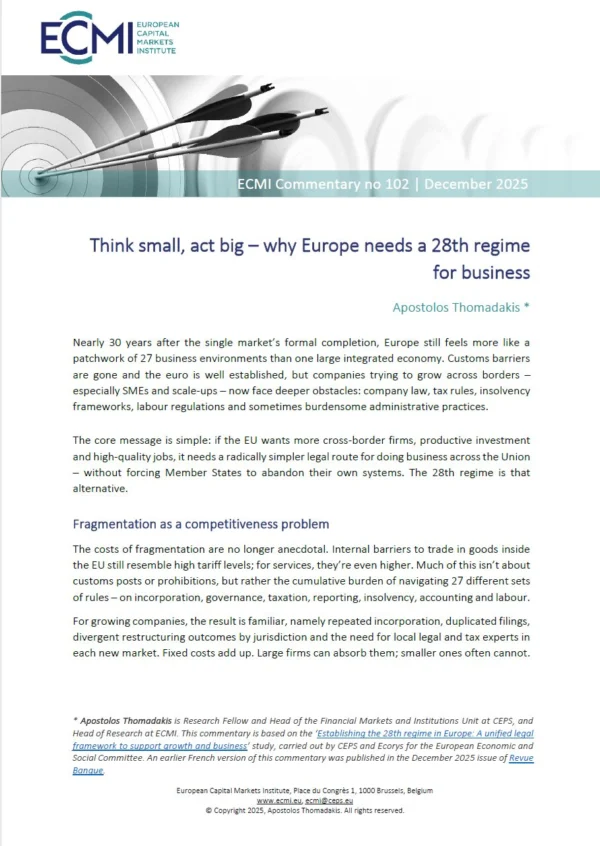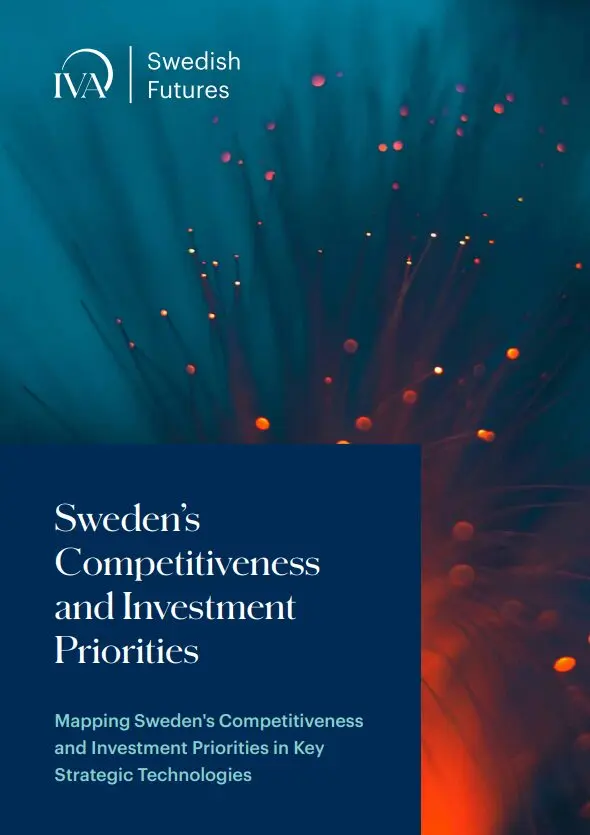Co-authors: Laure Delcour (College of Europe), Hrant Kostanyan (CEPS & UGent), Bruno Vandecasteele (UGent) & Peter Van Elsuwege (UGent)
Series: Externally published in a special issue of Studia Diplomatica, Vol LXVIII-1 (2015)
The article assesses the consequences of the establishment of the Eurasian Economic Union (EAEU) for the European Union’s relations with the countries of the Eastern Partnership (EaP) and with the member states of the EAEU. The EaP has given a significant impetus to the adoption of EU rules and norms in the countries that have negotiated an Association Agreement (AA), including Deep and Comprehensive Free Trade Areas (DCFTAs), despite the costs incurred by partner countries. However, the EU has thus far failed to factor in Russia’s policies in the region, neither the competing EAEU nor Russia’s bilateral pressure on the eastern partners to abandon the AAs. Up until now, the EU has not developed an official policy towards the EAEU, which was formally launched on 1 January 2015, yet the organisation poses significant challenges for the implementation of the EaP. For instance, the question arises how the creation of the EAEU (in addition to Russia’s bilateral policies) affects the implementation of the bilateral DCFTAs between the EU and Ukraine, Moldova and Georgia. In addition, the EaP countries Belarus and Armenia are EAEU member states, which necessarily affects the scope of their bilateral co-operation with the EU.
First, the article sketches out the origins, objectives and institutional set-up of the EAEU. Subsequently, it draws on the concrete implications of this new reality for the implementation of the EaP. A distinction is made between the associated EaP countries (Ukraine, Moldova, Georgia), the EAEU EaP partners (Belarus and Armenia), and Azerbaijan which rejects both regional formats for economic integration. Furthermore, the implications of the EAEU for EU-Russia and EU-Kazakhstan relations are assessed. The article argues that a more differentiated approach is needed to respond to the legal and political challenges following from the establishment of the EAEU. At the same time, the EaP framework remains useful to maintain working towards regional ties and dialogue in the region. The article concludes with some reflections and recommendations on the future relations between the EU and its East European neighbours.
The article is accessible only to Academia members at: https://www.academia.edu/20261916/The_implications_of_Eurasian_integration_for_the_EUs_relations_with_the_countries_in_the_post-Soviet_space












